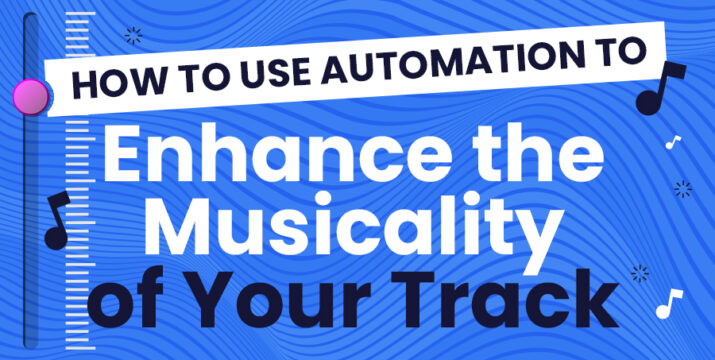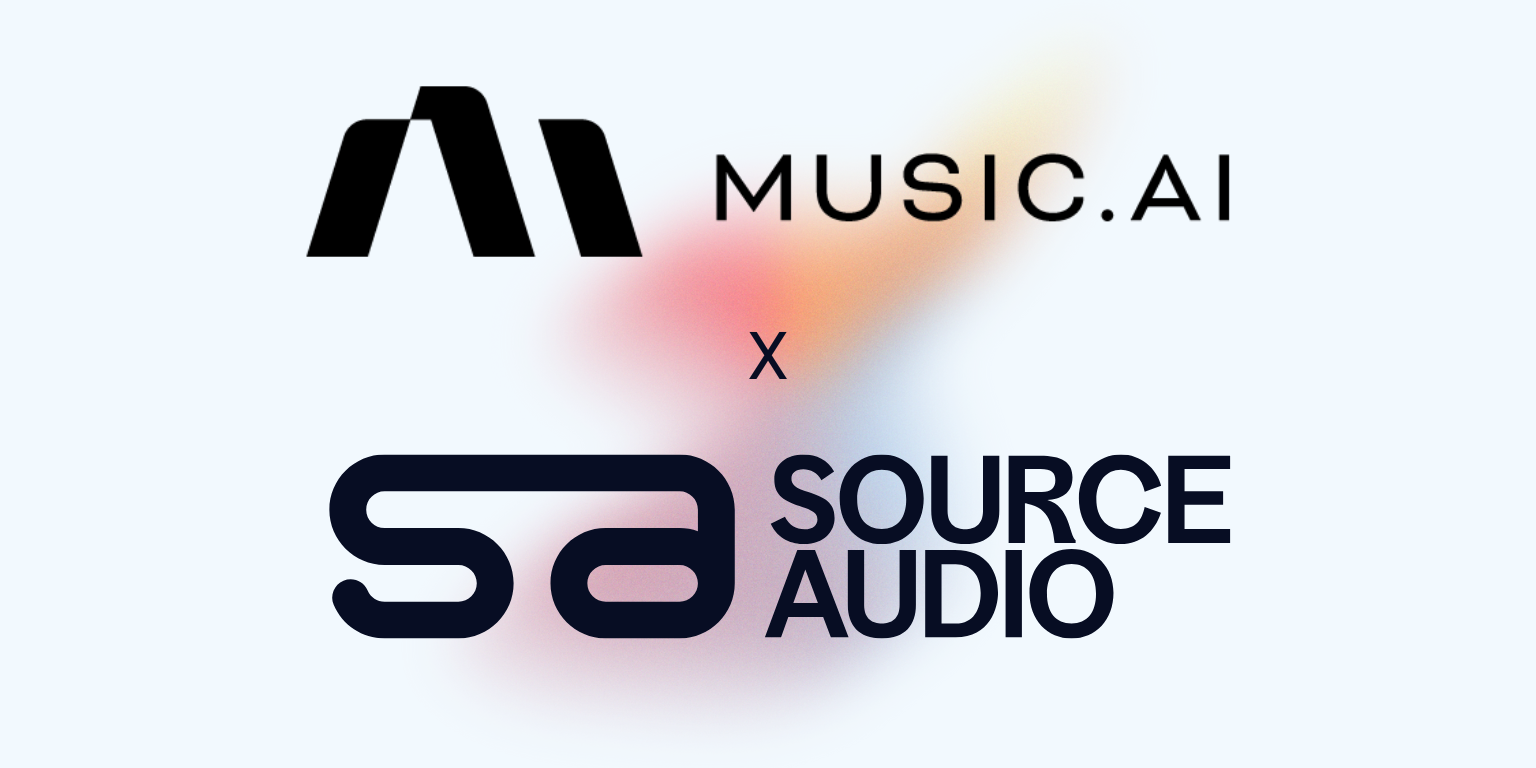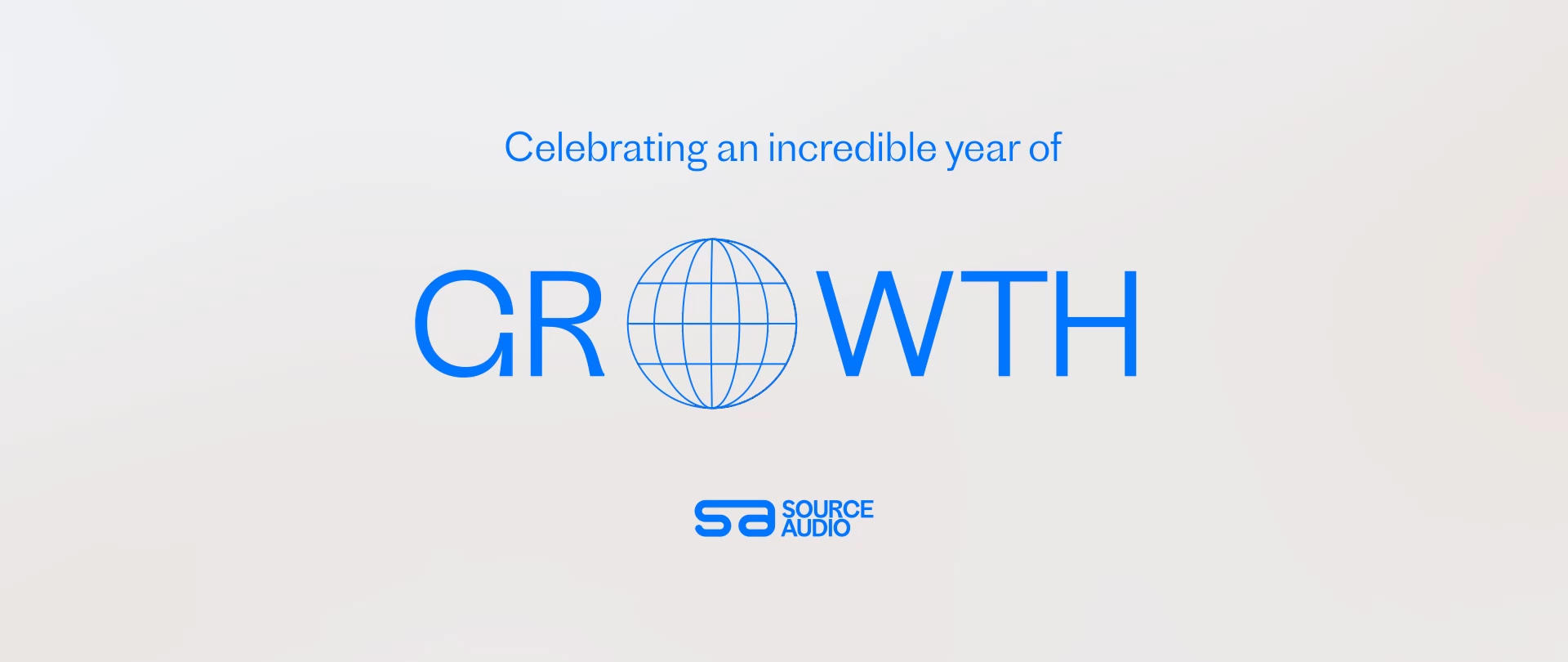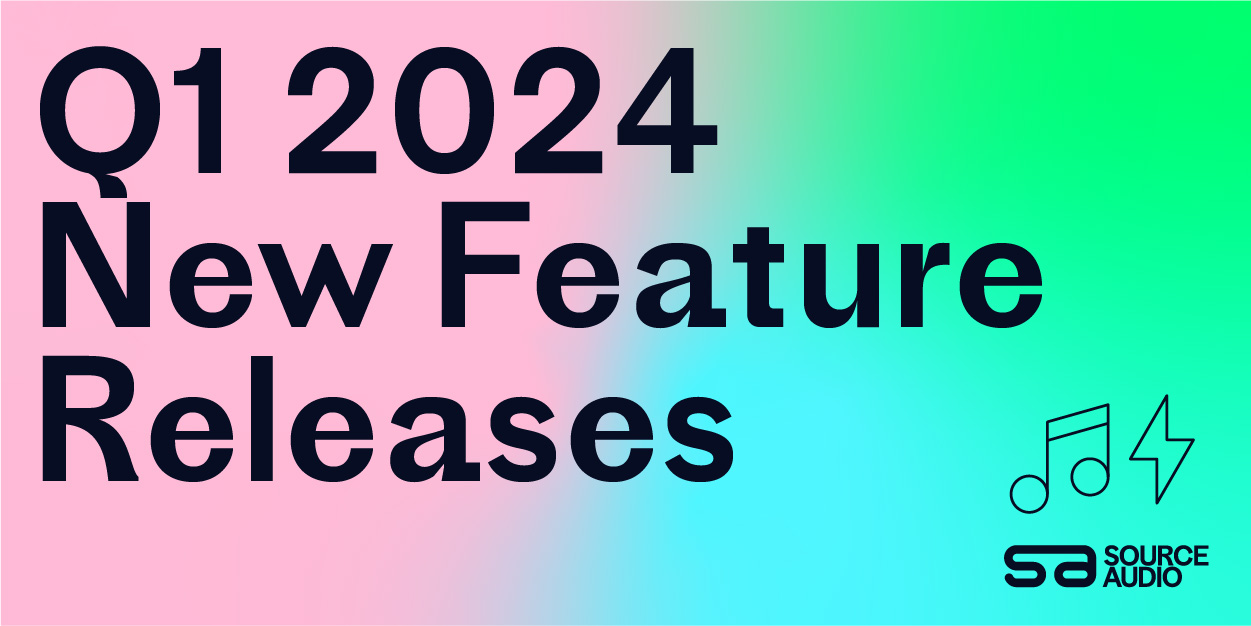How to Use Automation to Enhance the Musicality of Your Track
Updated October 18, 2022

Use volume or eq automation to add depth to elements in your productions.
Adding dynamic, automated EQ or volume can add a ton to recordings or synthesized sound.
With volume automation, you can create percussive, attack-heavy rhythms, or use long, smooth automations to create swells. This can be the performance in itself, but if you have a performance that has come out a bit monotone, or isn’t really popping the way you want it to, this kind of automation can take the motion of the performance to the next level. Just use the automation to boost on the emphasis, and listen to the difference.
Same idea with EQ. The contrast of a filter being turned up or down in unison with the performance itself can add a whole new dimension to take your track to the next level.
For example, you can use drastic, quick automation over a steady held chord over a one or two bar phrase, then, loop, that phrase, to get a rich, interesting sound, from what was previously a static sound.
This can also enter into the territory of side chaining. By making dips in your tracks’ volume—except for one instrument sounding on its own during the dip—you can create a drastic impact and let a key element in a track shine without having to turn the volume up through the roof.
Of course you can use automation to bring in or out any effect over any period of time. Reverb, delay, and saturation are all great candidates, but volume and EQ are the two that can be used in rapid flux to create groove and motion.
Automation is an incredibly flexible, tool, and its applications are as expensive as the imagination of the user. Get comfortable with automation and enjoy the myriad of possibilities it brings to your productions.

Industry-Leading Stem Separation Comes to SourceAudio
We are excited to announce our latest partnership with Music.AI, bringing groundbreaking AI-powered stem separation directly to our platform! This integration allows you to create broadcast-quality instrumentals and stems with unmatched pr...[ READ MORE ]

FREE AI METADATA – Now on All Catalog Manager Sites
Supercharge your music library with cutting-edge AI-powered metadata -- on us! Every Catalog Manager site now comes with FREE AI metadata tagging for your entire catalog. Leverage this incredible tool now, and read on to learn how it can d...[ READ MORE ]

File Delivery is Now Free and Included for All Catalog Manager Sites
Every Catalog Manager site now comes with 250GB of FREE file transfer space every month – that's approximately 9,000 WAV files, every month. Not using file delivery yet? Here are 11 ways this powerful tool can supercharge your business....[ READ MORE ]

Our E-commerce Add-on Is Now Free for All Catalog Manager Sites
E-commerce is now free for everyone! In the spirit of creating as much value as possible for our community and clients, what was once a paid add-on is now free for everyone. Not using e-commerce on your SourceAudio site yet? Here are 12 way...[ READ MORE ]




